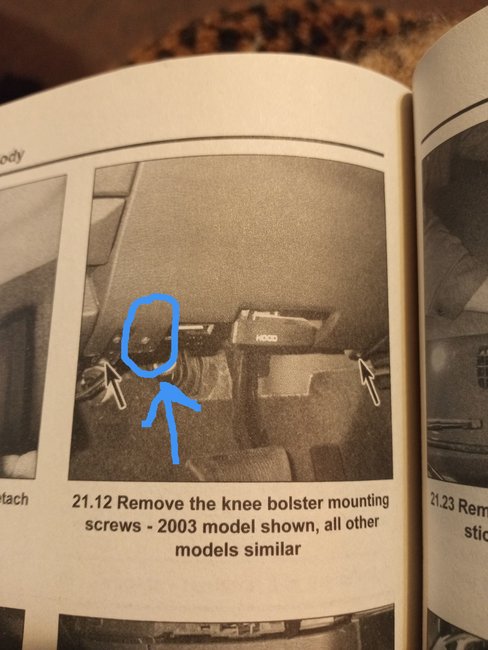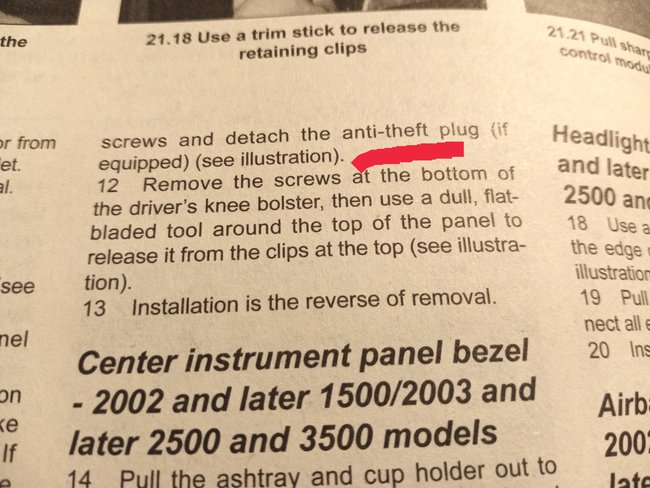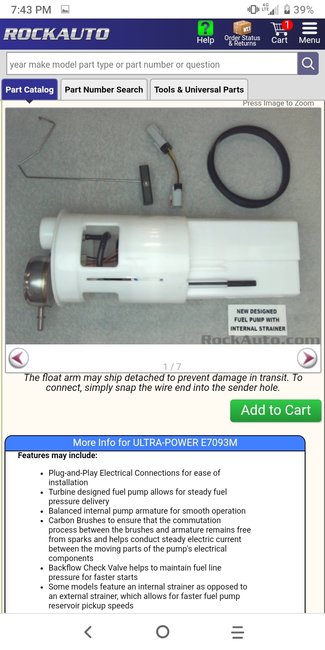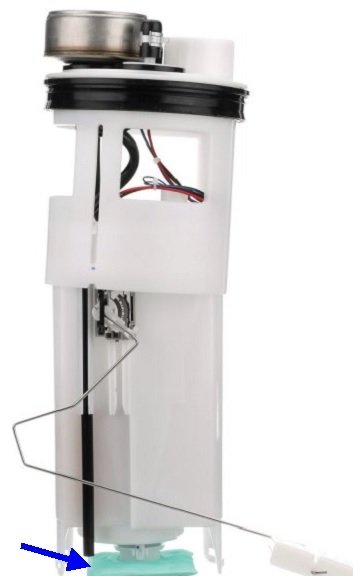If that switch was for an anti-theft system, it was for an aftermarket product. Factory-installed systems are activated and deactivated with a key fob or with the power lock switch and outside lock cylinder and key. The fuel pump runs for one second when you turn on the ignition switch, then turns off. It resumes running when the Engine Computer sees engine rotation, meaning cranking or running. The factory anti-theft system works by failing to turn the pump back on during cranking. The typical observation when it's in theft mode is the engine will run for about two seconds on the fuel that's under pressure in the lines. The engine stalls once that pressure is bled off. To get it out of theft mode you must use the key to lock and unlock a front door, or use the "unlock" switch on the key fob.
When the system was activated normally, then it alerts with the horn and flashing lights when you use the key in the lock cylinder, it usually didn't turn off due to broken or frayed wires between the door hinges. When that happens, it can still be turned off with the key fob or with the key in the other front door.
I think when there's a switch added under the dash, that has to be pressed to take an aftermarket anti-theft system out of protection mode so the engine will run. I don't know if the systems disable fuel or the starter motor. For that matter, a switch can be added to secretly make the starter inoperative without the need of any complicated or unreliable computer module. If that switch isn't connected now, there's no way it can cause an intermittent problem. You asked about plugging the wires in as a test. What are you going to plug them into?
Once the engine is running, the factory anti-theft system won't turn the fuel pump off to cause stalling. Treat an intermittent stalling problem like you would with any other vehicle; loss of fuel, loss of spark, or loss of both. With Chrysler products, stalling is caused by loss of spark about two percent of the time, loss of fuel pressure perhaps three percent of the time, and loss of both at the same time a good 95 percent of the time. It's also important to be aware Chrysler and GM fuel pumps fail in the exact opposite ways. GM fuel pumps almost always start up, then they slow down or quit while you're driving. When the brushes in the motor in Chrysler fuel pumps are worn, the motors will intermittently not start up. Often banging on the bottom of the gas tank will jar them enough to get them going. Once they're running, they rarely quit until you stop the engine, at which time they may fail to start up again. This failure to start could occur again the next time you start the engine, or it may not occur again for months.
The first thing for the stalling problem is to observe how it occurs. Does the engine suddenly turn off as though you had turned the ignition switch off? If so, the crankshaft position sensor or the camshaft position sensor are the best suspects. If the engine gradually loses power, or surges a little over a period of a few seconds, loss of fuel pressure is the better suspect. In particular, an elusive cause is the strainer, or screen, on the fuel pick-up tube on the fuel pump housing is somewhat common but hard to identify. Remember, Chrysler fuel pumps almost always keep on running while you're driving. Also, Chrysler fuel filters commonly last the life of the vehicle unless they rust out and start leaking. For a loss-of-fuel problem, those two parts should be way down at the bottom of the list of suspects. The screen is at the top of the list. The easiest way to identify that is to connect a fuel pressure gauge and run the hose under the back of the hood, then clip the gauge under a wiper arm so you can see what happens when the problem occurs.
I've had this happen four times, twice with carbureted engines, (which act differently), and twice with fuel-injected engines. There were two common clues with the fuel-injected engine. The first is the engine always ran fine for at least the first 15 miles, then would sputter to a stop. Once restarted, it would continue to act up about every two to five miles. I had to sit on the side of the road about five minutes before it could be restarted. The second clue is the stalling was most likely to occur when the largest volume of fuel was being pumped, which is during coasting. It ran best at steady highway speeds and when accelerating. Now that I understand what was happening, I think the engine would have run better if I had unplugged the vacuum hose from the fuel pressure regulator on the fuel rail on the engine, and plugged it. That would have raised fuel pressure and made the engine run rich, but it would have kept running.
Fuel pressure is not monitored, so the only way to know if it is involved with stalling is to watch it on the fuel pressure gauge. Everything else is monitored and can be observed with a scanner. Also, the Engine Computer is capable of detecting most defects, or the results of those defects, and can set an appropriate diagnostic fault code. Those codes never say to replace a part or that one is bad. They only indicate the circuit or system that needs further diagnosis, or the unacceptable operating condition. There's three ways to read those fault codes. The first is to have someone at an auto parts store do that for you. It's usually free, but be sure to write down the code numbers. The second way is Chrysler made it much easier to do yourself than any other manufacturer. Cycle the ignition switch from "off" to "run" three times within five seconds without cranking the engine, leave it in "run", then watch the code numbers show up in the odometer display. Either way, you can go here:
https://www.2carpros.com/trouble_codes/obd2
to see the definitions, or I can interpret them for you. The third way is to read the codes yourself with a scanner or an inexpensive code reader. This video is for a newer model, but the procedure is exactly the same:
https://youtu.be/WNsPmjQWkgg
Scanners are much more expensive but they will access all the computers and read their fault codes. Most simple code readers only read codes in Engine Computers. These can cost less than $35.00. Some of the better ones even read ABS and Air Bag codes now.
Fault codes related to the crankshaft position sensor and the camshaft position sensor usually need some time to be detected, as in when a stalled engine is coasting to a stop. They often don't set just from cranking the engine. That means it's important to not erase any codes by disconnecting the battery before they've been read, otherwise that valuable information will be lost. These sensors commonly fail on all car brands by becoming heat-sensitive, then they work again after cooling down for about an hour. Normal air flow while driving keeps them cool. It's when you stop for a short time with a hot engine, as in when stopping for gas, that engine heat migrates up to the sensor and causes one to fail. When there are no fault codes related to these sensors but you still suspect one of them, that can be identified with most scanners. On Chrysler's DRB3 scanner, those sensors are listed with a "No" or "Present" during cranking to show if their signals are showing up at the Engine Computer. When they are both there, the computer turns on the automatic shutdown, (ASD) relay. That relay sends current to the injectors, ignition coil(s), oxygen sensor heaters, alternator field circuit, and the fuel pump or pump relay. If goes one more place. That is right back to another terminal at the Engine Computer. The computer knows it turned the ASD relay on, and that last terminal is where it gets a verification the relay turned on. You don't even have to bother testing for that. The computer did it for you.
If we do suspect one of those sensors, whether or not a fault code is set, based on your observation the engine may resume running or can be restarted in only a few minutes, a heat-related failure is not likely to be the cause. It would be more likely to be due to corrosion between a pair of mating connector terminals, or some other problem with the wiring. On this application, the crankshaft position sensor has also been known to develop a cracked core. The symptom is an intermittent backfire, usually when accelerating, but it would stand to reason there could be other symptoms.
Sunday, March 14th, 2021 AT 5:15 PM








